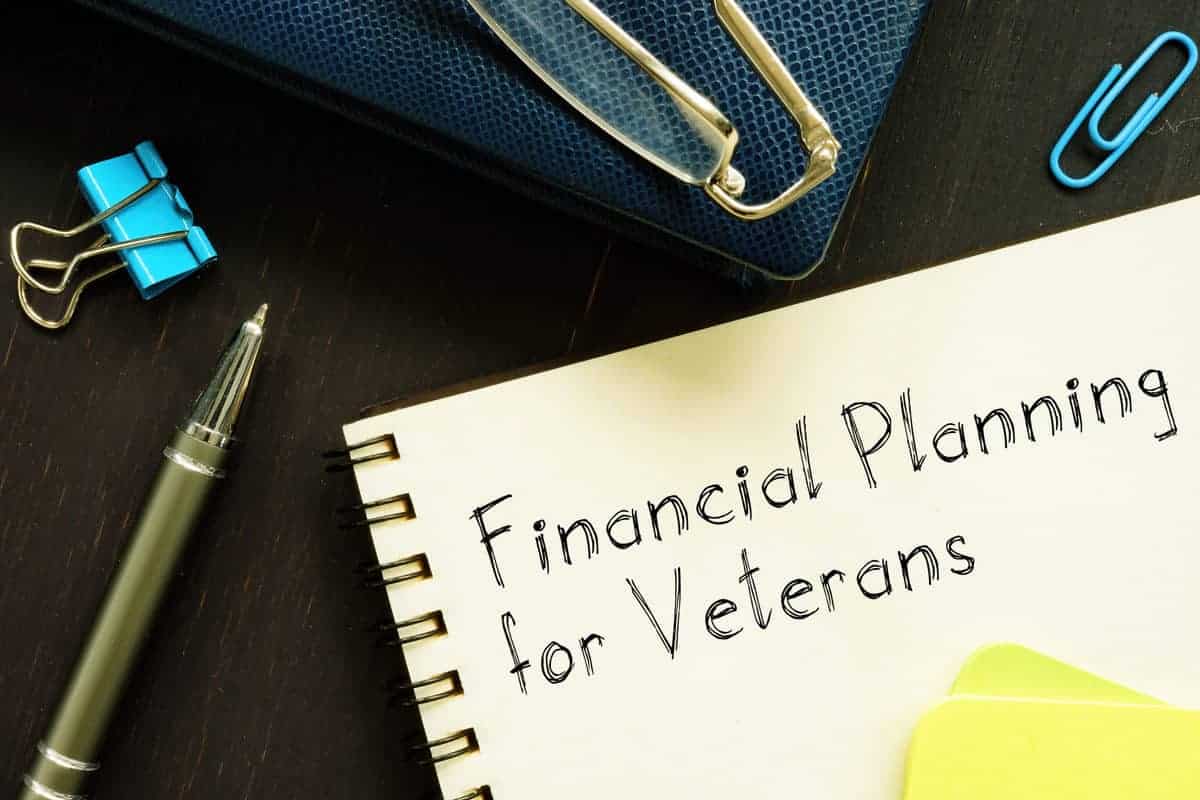Financial advice isn’t one-size-fits-all. Finding and following the course that’s right for you can be tough. And things can be even more challenging when you’re a member of the military.
If you’re a veteran, the good news is that you may be eligible for special programs that help you manage your expenses, protect your loved ones, fund your future, and more. Some require action from you while you’re still in the military, but many don’t. Whether you’re active, recently discharged, or have been out of the military for a while, these financial benefits are worth learning about.
- Education benefits. With the cost of tuition rising faster than inflation almost every year, paying for college can be a challenge. Many students rely on loans that saddle them with potentially huge debt loads after graduation. Qualifying veterans and their family members may have access to education and other benefits through the GI Bill. There are five versions of the bill, which originally helped WWII vets buy homes and attend college and trade schools.
- Medical benefits. Healthcare costs can be a major expense for civilians and service members alike, but veterans may have access to special benefits, such as VA Medical Benefits package and Tricare health insurance program.
- Home loans. With housing prices surging, many prospective buyers are finding it difficult to save for a down payment. That’s why the VA Loan Guaranty program can be so helpful for both current and former service members. A VA loan is a 0% down-payment mortgage, and any veteran is eligible. The VA guarantees a portion of the loan, but money is distributed through individual lenders who also may have their own requirements for credit score and income level. These lenders might allow higher than usual debt-to-income (DTI) ratios – a key factor in mortgage approval – so borrowers with more debt can still qualify for a home loan. Although the interest rates for VA loans vary, they can often be lower than other types of mortgages.
- Life insurance. Service members who don’t qualify for traditional term or permanent life insurance or who received high monthly premium estimates can still buy coverage through the Veterans’ Group Life Insurance (VGLI) program if they meet certain requirements. VGLI is term life insurance, so your beneficiaries receive money if you die while covered. The costs aren’t necessarily less than on conventional term policies, but VGLI bases premiums only on age and coverage amount – not factors like health, gender, or tobacco use.
- Retirement planning. The military has two retirement systems. The Blended Retirement System is the only retirement plan if your initial date of entry into service was on or after January 1, 2018. To qualify for this defined-benefit (similar to traditional pension) program, you must be in uniformed service for 20 years or more. The other, the legacy High-3, is a defined-benefit plan available only if your initial service entry date was on or after September 8, 1980, but before January 1, 2018. Funded solely by the government, this plan uses a specific formula to determine your lifetime pension payments.
While in the military, service members can also contribute to a Thrift Savings Plan – essentially, the federal government’s version of a 401(k).






